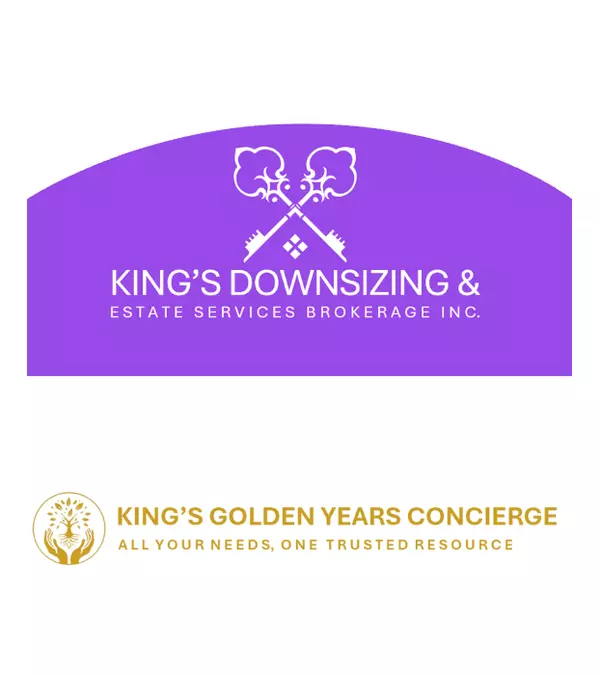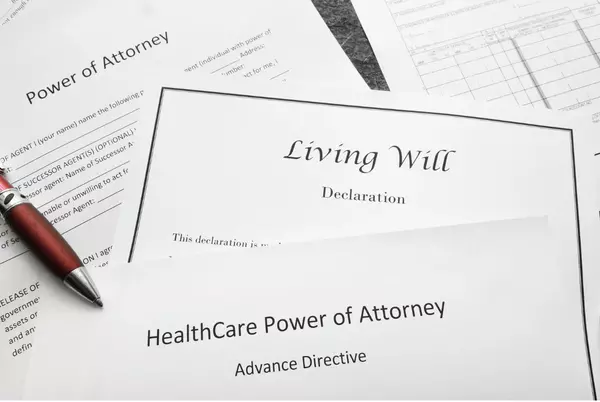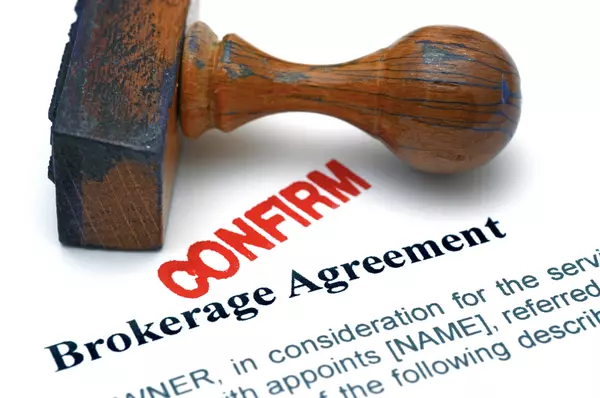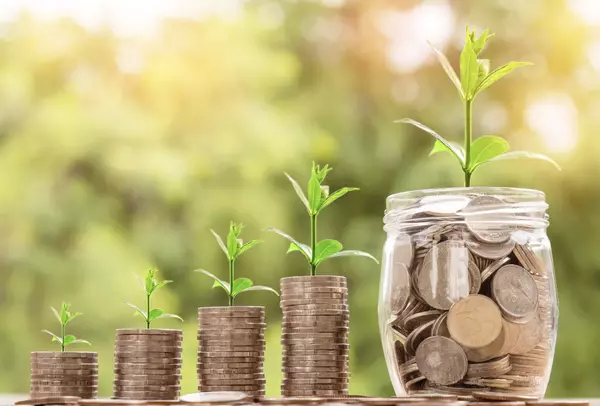Navigating the Heart of Estate Settlement: Essential Tasks to Wrap Up Affairs
After laying down the initial groundwork outlined in the Timeline tasks, it's time to delve into the core phase of estate disposition. This pivotal stage involves executing a series of crucial tasks to bring closure to the estate administration process. Here's a breakdown of key responsibilities:
Resolve Debts:
With the expiration of the claims deadline from the notice of death, you gain clarity on all outstanding debts legally owed by the estate. If the estate boasts a positive net worth, meaning it holds more assets than debts, settling estate obligations becomes a priority. Consider negotiating with creditors to potentially reduce or forgive portions of the amount owed, ensuring prudent financial management. Explore strategies for debt resolution to navigate this aspect effectively.
Finalize Asset Disposition Plan:
Craft a comprehensive plan detailing the fate of every estate asset. Some assets may be designated for specific distribution per the terms of the will, while others may need to be sold to cover outstanding debts. Consider the preferences of heirs and aim to maximize their satisfaction while adhering to legal obligations. Ultimately, the goal is to distribute the entire net estate in alignment with the provisions outlined in the will. Explore strategies for making distributions to ensure a fair and equitable allocation of assets.
Sell or Dispose of Unwanted Assets:
Identify assets that are not slated for direct distribution to heirs and decide on their disposition. Sell assets that hold market value and are not desired by heirs, utilizing estate sales or other appropriate channels. Dispose of assets lacking saleable value and unwanted by heirs to streamline the estate settlement process. Discover insights on managing assets and leverage EstateExec discounts on relevant third-party services to facilitate asset disposition efficiently.
CRA Clearance Certificate:
While not mandatory, obtaining a tax clearance certificate from the Canada Revenue Agency (CRA) is considered best practice. Apply for the certificate once all final tax returns have been filed, and any owed taxes, including those from notice of assessments, have been paid. This certificate safeguards the executor from personal liability for any outstanding amounts owed by the deceased or the estate to the CRA. Navigate the application process for a CRA clearance certificate to ensure seamless estate asset distribution without encumbrances.
Navigating the heart of estate settlement entails meticulous attention to detail and strategic decision-making. By addressing these essential tasks with diligence and care, executors can effectively wrap up affairs, honor the wishes of the deceased, and facilitate a smooth transition of assets to rightful heirs.
Escape Probate Quicksand! Let us guide you through the process and connect you with the right professionals. Take the first step towards peace of mind today.
Désirée King
REALTOR®, Certified Executor Advisor (CEA)
416-333-8520
Categories
- All Blogs 73
- 55+ Living Communities 20
- Aging-In-Place 16
- Community Engagement 3
- Concierge 13
- Decluttering 8
- Downsizing 31
- Estate Planning 6
- Estate Settlement 26
- Fall Prevention 11
- General 18
- Home Safety 8
- International Retirement Living 4
- Land Lease 6
- Life Lease 7
- Lifestyle 15
- Out of Town Estate Settlement 24
- Probate 22
- Real Estate 4
- Retirement Residences 17
- Tax Returns 4
- Wealth Transfer 21
Recent Posts










"Empowering transitions, cherishing legacies. At King's Downsizing & Estate Services, we transform the complexities of change into journeys of compassion and preservation." - Desiree King
